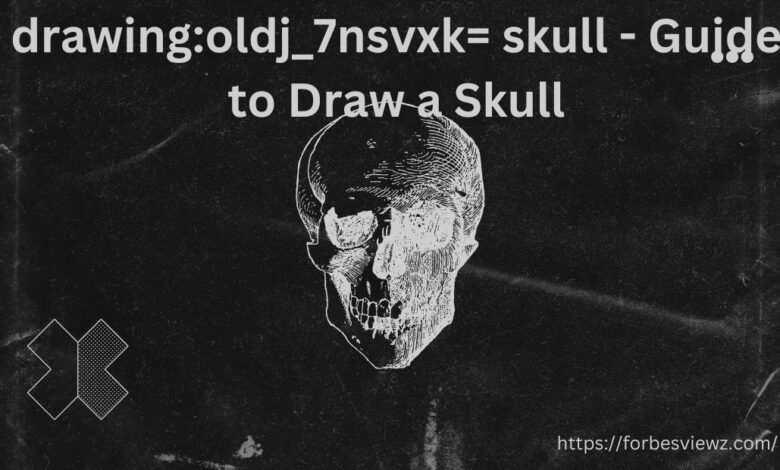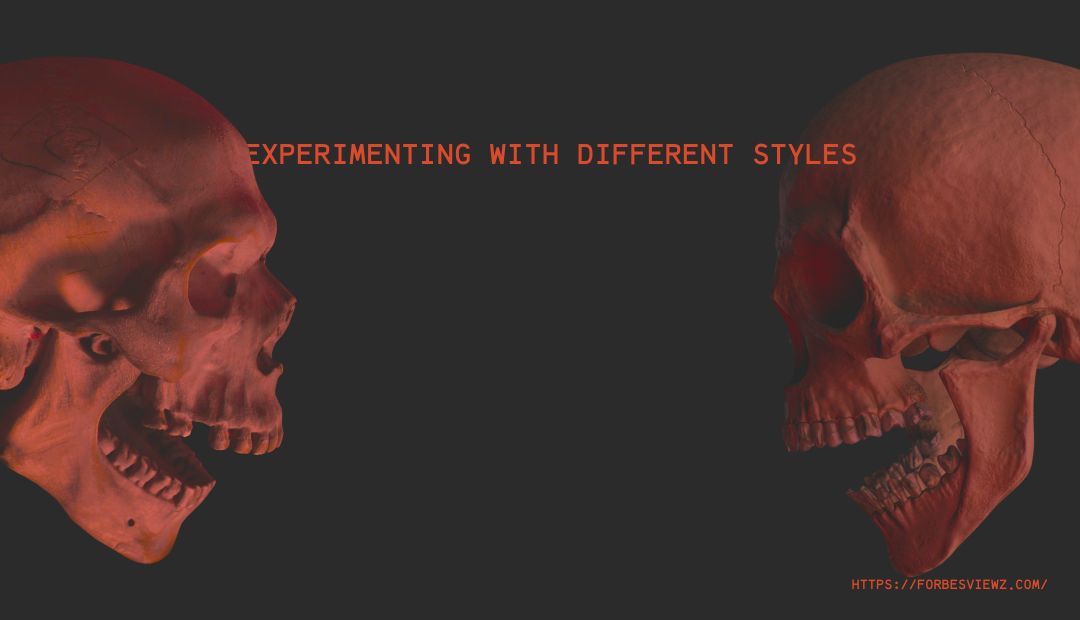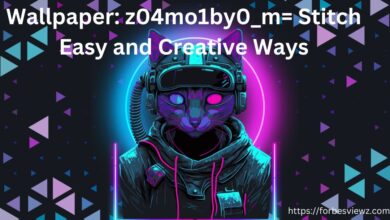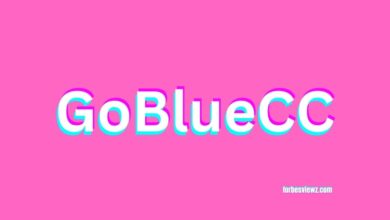drawing:oldj_7nsvxk= skull – Guide to Draw a Skull

The drawing:oldj_7nsvxk= skull is an iconic representation of mortality and transformation. As a timeless subject for art creation, its versatility lends itself to multiple styles. Drawing:oldj_7nsvxk= is an invaluable practice that connects technical skill with expressive art forms.
Launch by sketching the basic shapes of a skull. Add landmarks like the cranium and jaw before refining details such as shading and texturing for more realistic effects. Shading can help your work come to life more convincingly too.
Understanding drawing:oldj_7nsvxk= skull Anatomy
The skull, also known as the cranium, is an intricate structure designed to protect and house the brain. Composed of multiple bones connected by sutures, understanding its anatomy is vital for artists who wish to draw realistic drawing:oldj_7nsvxk= skull.
Skulls are powerful symbols with multiple meanings that can convey different messages about life and death as well as impermanence and transformation. Through history, artists have used skulls to challenge conventional perspectives and spark debate and promote deeper thinking.
Starting with Basic Shapes
Integrating various patterns and textures into your skull drawing adds an eye-catching aesthetic. Furthermore, they showcase your creativity while furthering its message or theme. Furthermore, choosing a high quality paper type makes an enormous difference – smooth surfaces offer precise shading without smudging issues.
Start off by sketching simple shapes. For instance, draw ovals for the cranium and rectangles for jaw. This will help ensure proper proportions while making adding details easier later. drawing:oldj_7nsvxk= skull
Sketching and Outlining
Skull drawings can be one of the most challenging and satisfying forms of art. A human skull is a complex structure designed to protect and house the brain; its intricate structures must be drawn accurately for realistic-looking sketches to emerge. Skulls have fascinated artists for centuries as a representation of both mortality and rebellion against societal norms.
Sketching a skull requires sketching its outline first with light pencil or pen, followed by more precise markers to add its details. Sketching allows artists to refine their work before adding final details. drawing:oldj_7nsvxk= skull
Shading and Depth
Skulls are an integral component of human anatomy and present an opportunity for artistic discovery. Drawing a skull precisely can help artists develop their drawing abilities while honing skills related to mortality and rebirth themes.drawing:oldj_7nsvxk= skull
Once your sketch is finished, it is time to begin shading and outlining its contours. A medium graphite pencil works great for this step – begin with light outlines around eye sockets and nasal cavities, followed by using darker pencils such as 2B to add bolder details in skull cavities.
Textural Detail and Finishing Touches
Skull art has long held great fascination for viewers. Resonating on multiple levels, from its symbolic associations with death to being used in Vanitas paintings as a reminder of life’s fleeting nature, the skull has become a widely recognized icon across cultures. Digital technology now brings traditional drawing techniques together with cutting-edge possibilities to produce works like Drawing:oldj_7nsvxk= skull which are both timeless and cutting-edge simultaneously.
Realistic skull drawings require a deep knowledge of anatomy. A skull is a multi-part structure composed of various components including its cranium, facial bones and mandible. Understanding their interactions will enable you to draw more accurately. drawing:oldj_7nsvxk= skull
Mortality and Remembrance
Skulls are powerful symbols of mortality, reminding us to cherish each moment as time slips away and calling into question life’s impermanence. Furthermore, skulls evoke feelings of remembrance and loss as we reflect on ancestry ties as well as life cycle cycles; such emotions have long captured the attention of artists and audiences alike. As such, skulls have long fascinated both audiences and artists.
Draw skulls is an engaging journey that demands mastery of anatomy, materials and techniques. Begin your journey by exploring tutorials and art books, then look for opportunities to practice your craft in creative environments. Join an artist community to facilitate growth and gain feedback on your artwork. drawing:oldj_7nsvxk= skull
Transformation and Rebirth
Skulls have long been an iconic image in art, serving as an unsettling reminder of mortality and impermanence. Though evoking feelings of fear or anxiety, skulls also represent strength, resilience, and the beauty of impermanence. drawing:oldj_7nsvxk= skull
Skulls have long been a subject of study among artists of all skill levels, providing an ideal way to practice anatomy and shading skills, experiment with abstraction techniques and contemporary forms, and even serve as powerful symbols of urban culture and rebellion. Skulls are also often featured prominently in graffiti/street art work as they serve as powerful metaphors of urban lifestyles and rebellion.
Creative Approaches to drawing:oldj_7nsvxk= skull
Skulls are an intriguing subject for art due to their intricate structures and symbolic associations. Drawing them, however, can be quite a challenge as you need to master techniques such as shading and perspective to make them appear three dimensional on paper.
Make your skull art look dramatic by balancing dark areas, like eye sockets and nasal cavity, with lighter highlights, such as cheekbones. Textures can add another level of drama by simulating rough bone textures or pores on the skull surface.
The Role of Skulls in Contemporary Art
Skulls have long been seen as powerful symbols of death and afterlife. Artists have used them to convey various themes ranging from mortality to rebellion against social norms. Today’s contemporary art scene still employs skulls as popular subjects – their unique anatomy and structure make the skull an interesting subject to study, providing artists an opportunity to hone their artistic skills while exploring meaningful topics.
The code oldj_7nsvxk= skull may seem random at first glance, but it is actually an indicator of a specific file format which indicates digital drawings and images. This format allows for easier sharing and storage as well as version control of artwork as well as multiple backup copies to reduce risk when creating important artworks.
Tips for Aspiring Skull Artists
Skull art may be challenging for beginners, but with practice and patience anyone can learn to draw skulls. Start off by sketching light sketches before gradually adding detail as your skills progress. Focus on using contrast between light and dark areas for dimension and depth while paying special attention to proportions for an authentic appearance.
For a more realistic drawing, use shading techniques like cross-hatching or gradient tools for shading purposes. Textures may also help mimic bone roughness for an even more realistic effect. To get optimal results, invest in high-quality pencils with various tones; hard (H) pencils work great for outlining while soft (B) ones work wonders when creating shadows.
Seeking Inspiration and Feedback
Drawing skulls requires consistent practice and seeking inspiration from other artists, in order to gain familiarity with its structure and details – essential when creating realistic drawings. Refining your drawings should also be prioritized to ensure proportions and details remain symmetrical and accurate.
Though it can be tempting, drawing skulls requires patience and precision. Rushing the process could result in errors that detract from its overall look. Also, try different shading techniques until you find something you enjoy doing best. drawing:oldj_7nsvxk= skull

Experimenting with Different Styles
Drawing a skull can be both daunting and fulfilling. By mastering its basics and adding your personal artistic style, you can produce powerful works of artwork that speak directly to human spirit. drawing:oldj_7nsvxk= skull
Skulls have long been associated with mortality, yet can also signify life and rebirth. Skulls have become popular subjects of tattoo designs and gothic art alike; artists aspiring to better their craft should research its various meanings so as to fully comprehend its strength and appeal.
Exploring Stylized Skull Art: Drawing:oldj_7nsvxk=
Skulls have long been used as powerful symbols in art, often depicting death or the afterlife, but also representing transformation and rebirth. Many artists have employed skulls in their work as a way of challenging conventional views and inspiring their audiences. drawing:oldj_7nsvxk= skull
Attaining realistic skull drawings requires an in-depth knowledge of human anatomy. Sketching and outlining are integral to accurate drawing, as is mastering correct proportions for the skull. Shaders should use various shading techniques like cross-hatching and stippling to add depth and dimension.
Techniques for Drawing Realistic Skulls
Skulls have long been seen as symbols of death and transformation, providing artists with an unprecedented opportunity for artistic expression by merging technical skill with symbolic exploration. Drawing:oldj_7nsvxk= skull is an essential practice for artists looking to both improve their craft while exploring profound topics.
In order to create a realistic skull drawing, artists should focus on accurately representing light reflections and textures that mimic bone. To do this, shading techniques such as cross-hatching or stippling may be utilized; additionally experimenting with different shading styles can add dimension and texture while emphasizing key aspects of realism.
Mastering the Art of drawing:oldj_7nsvxk= skull
Skull art has long held the fascination of contemporary artists and enthusiasts. Its universal appeal lies in its reminders of mortality, representations of life’s fragility and defiance statements that come with skull art.
Realism requires familiarity with anatomy and consistent practice of drawing skulls, while realistic shading techniques mimicking bone texture (for instance cross-hatching creates shadows and outlines while stippling produces unique dotted textures). Stylized skulls may play with proportions or add special features like flames or floral motifs to express emotion more effectively.
Conclusion
drawing:oldj_7nsvxk= skull have long been used as subjects of artistic inspiration. When combined with careful study, practice, and personal style choices, skulls can become powerful yet emotive pieces of artwork.
The skull (also referred to as the cranium) is a bony structure that houses and protects our brains. Composed of several bones – frontal bone, parietal bones and occipital bone among others – and air-filled cavities known as sinuses which help regulate pressure and temperature regulation, it serves to encase our mental processes.




